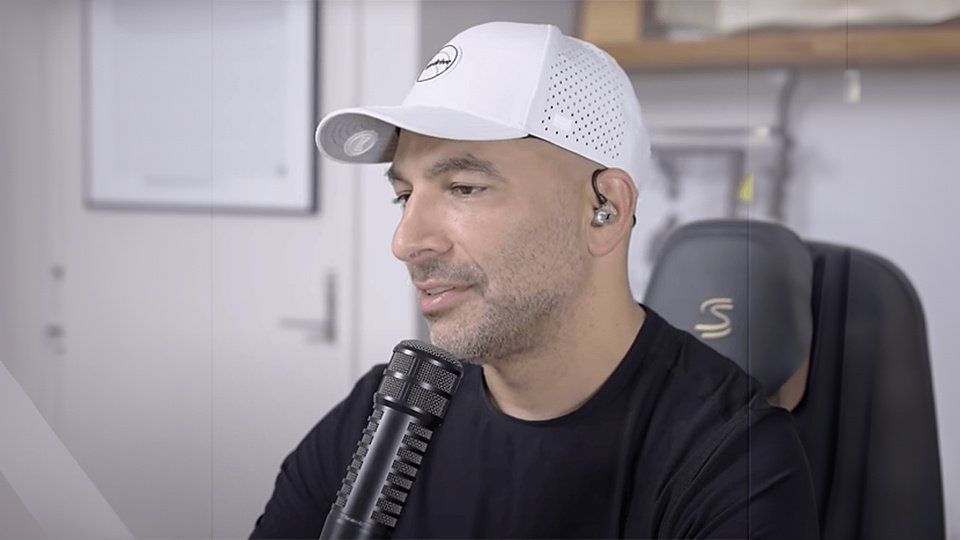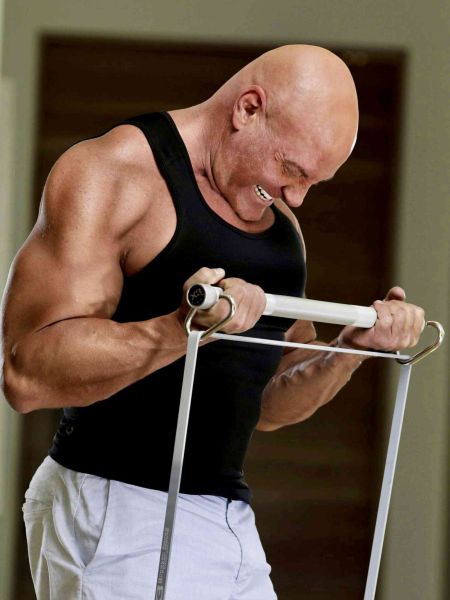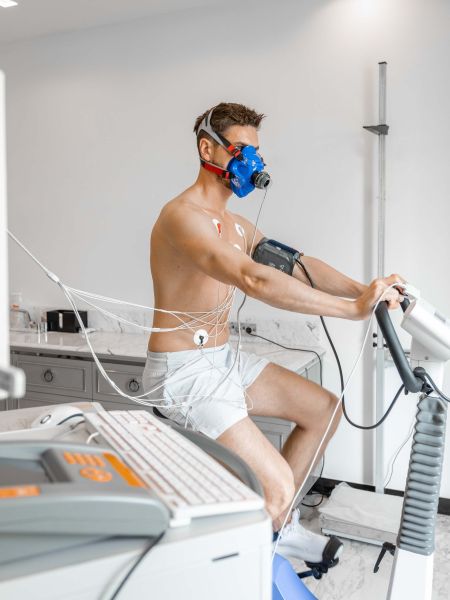Understanding Muscle Fiber Types And Their Importance
Expert Cited: Peter Attia
When you first start on your journey to increase strength, your initial big question is going to focus on absolute or relative strength training. Ideally, you'll plan some sort of mix of the two, but one will likely emerge as a priority based on your goals.
Expert: Peter Attia
Field of Study: Surgical oncology and immune-based therapies
Bio: Dr. Peter Attia, a physician and longevity expert, founded Early Medical, a practice focused on extending lifespan and healthspan. He hosts the super popular podcast The Drive, and is known for his research in surgical oncology and immune-based therapies.
Learn More: https://peterattiamd.com/
As you get deeper into your training and research, you might hear more about muscle composition. This is something that Andy Galpin and Peter Attia discussed at length on an episode of Peter's podcast. We're going to summarize some of the main discussion points to give you a quick primer on muscle fiber.
Intro To Muscle Fibers
Our muscles are composed of different types of fibers, each with unique characteristics and functions:
-
Slow-Twitch (Type I): These fibers are endurance specialists. They contract slowly, use oxygen for energy (aerobic metabolism), and resist fatigue. Think long-distance running or maintaining good posture throughout the day.
-
Fast-Twitch (Type II): These fibers are powerhouses. They contract quickly, rely on stored energy (anaerobic metabolism), and fatigue faster. They're crucial for explosive activities like sprinting, jumping, or lifting heavy weights.
-
Type IIa: A hybrid fiber with properties of both slow and fast-twitch fibers.
-
Type IIx: The fastest and most powerful fiber type, but also the most easily fatigued.
Initially you may assume your normal strength training will keep all these fibers firing and functional, but that's not necessarily true. And targeting certain muscle fibers becomes more and more important as you age as there's a bit of a "use it or lose it" proposition.
Let's take a deep dive into slow-twitch and fast-twitch muscles and why these fibers matter.
Aging and Muscle Fibers
As we age, our muscle composition changes:
Slow-Twitch Fibers: Generally remain well-preserved with age. They don't experience significant loss of function unless you become very sedentary.
Fast-Twitch Fibers: These are more susceptible to age-related decline. They tend to atrophy (shrink) and lose their ability to generate force quickly. This is a major reason why older adults often experience a decrease in power, speed, and overall functional capacity.
Why Fast-Twitch Fibers Matter
When you're in your prime, you may only see the correlation between fast-twitch fibers and certain show-off moments at the gym.
However, maintaining fast-twitch fibers is crucial for several reasons, particularly as we age:
Preventing Falls: The ability to react quickly and catch yourself is largely dependent on fast-twitch fibers.
Maintaining Independence: Everyday tasks like getting up from a chair, carrying groceries, or climbing stairs require power and speed.
Athletic Performance: Even if you're not a competitive athlete, fast-twitch fibers contribute to agility, coordination, and overall physical performance.
Training to Preserve Fast-Twitch Fibers
We've established that these fast-twitch muscles are important as we age, and they'll diminish if we don't prioritize them.
The good news is that we can actively counteract the age-related decline of fast-twitch fibers through targeted training:
-
Power Training: Focus on exercises that require explosive movements, such as:
-
Plyometrics: Box jumps, jump squats, bounding
-
Olympic Lifts: Cleans, snatches, jerks
-
Medicine Ball Throws: Overhead throws, chest passes
-
Strength Training: Lift heavier weights with lower reps to stimulate fast-twitch fiber recruitment.
-
Speed Training: Incorporate sprints, agility drills, and other quick movements.
Additional Considerations
As with everything you've likely learned in your health and wellness journey, there is just no such thing as a one-size-fits all approach.
This is also true when it comes to muscle fibers.
-
Individual Variability: The rate of fast-twitch fiber decline varies from person to person, influenced by genetics, lifestyle, and training history.
-
Consult a Professional: A qualified trainer can help you design a safe and effective program that addresses your specific needs and goals.
By understanding the role of slow-twitch and fast-twitch fibers, and incorporating the right training strategies, you can maintain your power, agility, and overall functional capacity for years to come.





